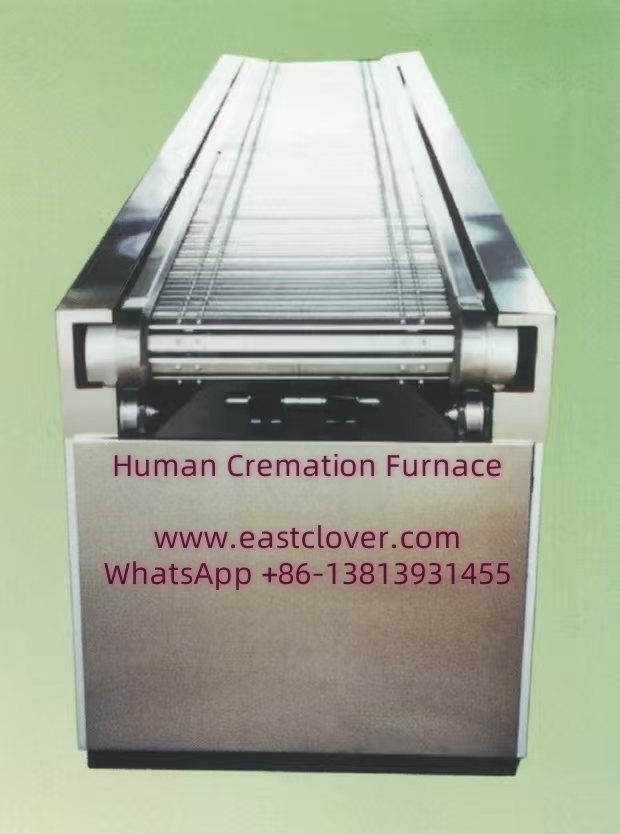Introduction
Cremation furnaces, also known as retorts, are engineered to operate under extreme temperatures to reduce human remains to bone fragments and ash. While modern systems are designed with multiple safety protocols, emergencies can still occur due to mechanical failures, human error, or unforeseen circumstances. Understanding these scenarios is critical for operators, facility managers, and emergency responders to mitigate risks and ensure safety.
How Cremation Furnaces Work
Modern cremation furnaces use propane or natural gas to generate temperatures between 1,400°F and 1,800°F. The process involves:
- Preheating the chamber to optimal temperature.
- Loading the deceased (in a combustible container) into the primary chamber.
- Monitoring combustion via sensors and control systems.
- Cooling and processing remains post-cremation.
Safety mechanisms include temperature regulators, pressure relief valves, and automatic shutdown systems. However, failures in these systems can lead to emergencies.
Common Emergency Scenarios
1. Overheating and Thermal Runaway
Thermal runaway occurs when the furnace exceeds safe temperature limits, risking structural damage or fire. Causes include:
- Malfunctioning thermostats or sensors.
- Excessive fuel supply due to valve failures.
- Operator error during temperature calibration.
Consequences may include warped chamber walls, ignition of external materials, or release of toxic fumes.
2. Flameouts and Combustion Failure
Sudden flame extinguishment can lead to incomplete cremation and hazardous gas buildup. Triggers include:
- Fuel supply interruptions.
- Blocked exhaust systems.
- Electrical failures in ignition systems.
Unburned gases like methane or carbon monoxide may accumulate, posing explosion risks.
3. Structural Failures
Cracks or breaches in the furnace lining or door seals can release extreme heat or embers. This often results from:
- Prolonged wear and tear.
- Improper maintenance.
- Thermal stress from rapid temperature changes.
4. Gas Leaks and Explosions
Leaks in fuel lines or connectors can create explosive atmospheres. Even small sparks—from electrical systems or static—can ignite gas, causing catastrophic damage.
5. Electrical System Failures
Faulty wiring or power surges may disable critical systems, such as fans or safety interlocks, leading to uncontrolled combustion or shutdown failures.
Causes and Contributing Factors
- Human Error: Inadequate training, skipped safety checks, or misjudgments during operation.
- Mechanical Failures: Aging equipment, poor maintenance, or substandard parts.
- Fuel Issues: Contaminated or improperly stored fuel affecting combustion.
- External Factors: Power outages, natural disasters, or vandalism.
Consequences of Furnace Emergencies
- Safety Hazards: Burns, toxic exposure, or injuries from explosions.
- Environmental Impact: Release of particulate matter, dioxins, or greenhouse gases.
- Legal and Financial Repercussions: Fines, lawsuits, or facility closures.
- Reputational Damage: Loss of public trust for crematoriums.
Prevention and Mitigation Strategies
- Regular Maintenance: Inspect linings, sensors, and fuel systems monthly.
- Operator Training: Certify staff in emergency protocols and system diagnostics.
- Safety Protocols: Implement fire suppression systems and gas detectors.
- Technology Upgrades: Use AI-driven monitoring for real-time anomaly detection.
Emergency Response Protocols
- Immediately activate the emergency shutdown system.
- Evacuate personnel and alert fire departments.
- Ventilate the area to disperse gases.
- Conduct a post-incident analysis to prevent recurrence.
www.southclover.com
Cremation furnace emergencies, though rare, demand rigorous preparedness. By prioritizing maintenance, training, and technology, facilities can minimize risks and uphold safety standards. Proactive measures not only protect lives and the environment but also preserve the integrity of an essential societal service.
FAQs
Q: What should I do if a cremation furnace overheats?
A: Activate the emergency shutdown, evacuate the area, and contact fire services. Do not attempt to open the chamber until it cools.
Q: How often should cremation furnaces be inspected?
A: Monthly inspections are recommended, with thorough annual audits by certified technicians.
Q: Can gas leaks be detected before they become critical?
A: Yes. Install gas detectors with alarms and test them weekly. Look for hissing sounds or the smell of gas (if odorized).
Q: Are cremation furnaces required to have backup power?
A: While not universally mandated, backup generators are advised to maintain critical systems during power outages.

Comments are closed